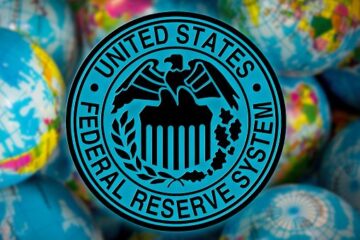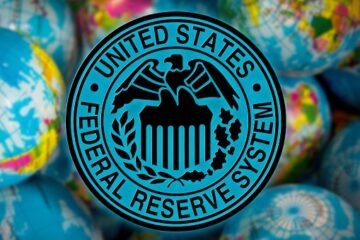Following the Russian invasion of Ukraine, we are experiencing an event risk environment with a higher probability of price gaps that can go up or down quickly. Traders are looking at implied volatility based on options to gauge the type of volatility we are now seeing.
The Russian invasion of Ukraine countered by the aggressive use of sanctions by the U.S. and European Union has brought a very different type of volatility to markets.
We are experiencing an environment with a sharply higher probability of large, abrupt price moves related to event risk. We call these price gaps, and interestingly, they can go big up, or big down in a New York minute. In energy markets, we see this in natural gas and WTI crude oil.
Graphic: Netherlands Natural Gas 1-Day Forward
Graphic: WTI Crude Oil
In agricultural markets, this phenomenon occurred in wheat markets through the early part of March.
Graphic: Wheat (Chicago)
Here is the management challenge for event risk.
Volatility typically reflects a simple measurement of the average of the ups and downs. Statisticians use the standard deviation. Traders look at implied volatility based on options.
The standard deviation is an average of ups and downs, and unfortunately, it is an extremely poor measure of the type of volatility we are now seeing.
What we are seeing are a few really big, abrupt price moves and then a bunch of small ones.
Graphic: Nasdaq100
Graphic: China Shanghai Composite Index
The Black-Scholes-Merton option models even assume these price gaps never occur. They do, and price gaps are happening more and more in this event risk environment.


